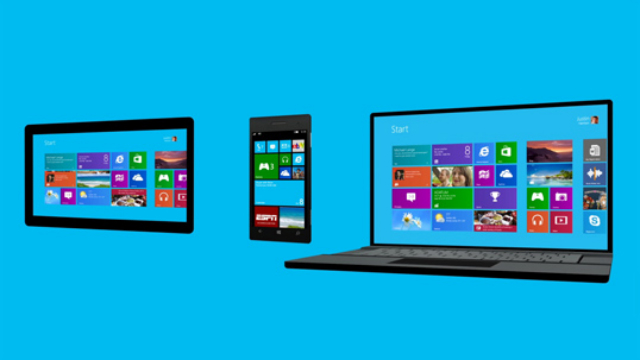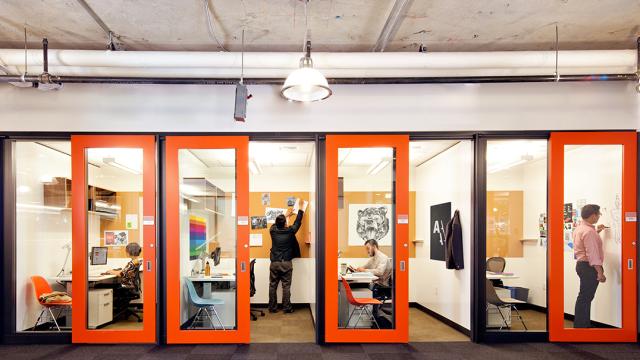Microsoft has never been cool and its product have never looked cool. The 38-year-old company was founded on 1’s and 0’s. Design was never in the company’s DNA. It was never about aesthetics and it didn’t have to be. But its plain to see that the Microsoft of today is a little bit hipper, a little bit cooler and a heck of a lot better looking.
In a piece titled “Modern design at Microsoft: Going beyond flat design“, Steve Clayton, editor of Microsoft’s Next blog, takes us on a cursory journey of how Microsoft thinks about design today. Which is basically rooted in a handful of design principles that have been around for more than a century. Better late than never, right? Right.
Function Over Form
Before everything went mobile and ecosystems were a thing to contend with, Microsoft built products that worked but generally looked ugly by today’s standards and benchmarks. The original Xbox looked nothing like Windows, they didn’t talk to each other, and Windows Mobile was a bastardized version of its desktop counterpart. Now all three look, feel and work together.

Clayton points out that the company finally “started to think differently about design” three years ago when its “brilliant community of designers” established a design ethos that eventually came to light when Windows Mobile turned into Windows Phone 7. But that shift in thinking probably happened well before that. Remember
The Modern Design Movement (The Bauhaus), with its focus on making the “function” beautiful is the first influence. At the heart of the Bauhaus philosophy is stripping away superfluous decorations to focus on the essence of the functional. There are many parallels in today’s computing world. The practice of mimicking real-world materials such as glass, brushed metal or leather, and effects such as drop shadows, reflections and lens flares, are an attempt to adorn experiences without being functional. When Sam Moreau, design director for Windows, says, “The content is the interface,” he’s channeling his inner Bauhaus. In other words, focus on making the product actually work because adding superfluous crap is basically an admission that it doesn’t work in the first place.
International Typographic Style (or Swiss Style) is the second influence. It’s a graphic design style that emphasises cleanliness, readability and objectivity. The hallmarks of Swiss Style are great typography, a focus on layout and grid systems, and the use of bold, flat colour. It’s a style that is seen in way-finding signage at airports and other transportation hubs, which are by their nature busy and information-dense environments — hence why it works so well in our busy, digital world. When this approach is infused with the things people love (their photos, their people, their apps), you end up with something as personal and unique as Windows Phone. Ah, the KISS principle: keep it simple, stupid. Tell me what I want to know when I want to know it.
The field of Motion design is the third influence. Early pioneers such as Saul Bass used great graphic design, typography and motion to create title sequences that set an emotional stage for films. In creating a stage for creativity, expression and productivity in products such as Windows, Office, Bing, Visual Studio and Xbox, designers understood that not only could motion support those activities, it could also aid usability and create a positive emotional impact. Typography has a way of influencing us on a subconscious level. Sometimes you just see a typeface and it elicits an emotional reaction. Five years ago none of this would’ve seemed possible, and it’s still very possible that none of this will have any affect on the products, since Microsoft’s longstanding record of screwing things up still holds true. You need only go as far back as the Surface to realise that. Or even more recently, Windows 8.1 and the return of the start screen. Or even the Xbox One kerfuffle over used games. But at least it still looks cool — and if they really are implementing functional changes based on these principles, it could start being cool too. [Microsoft]
